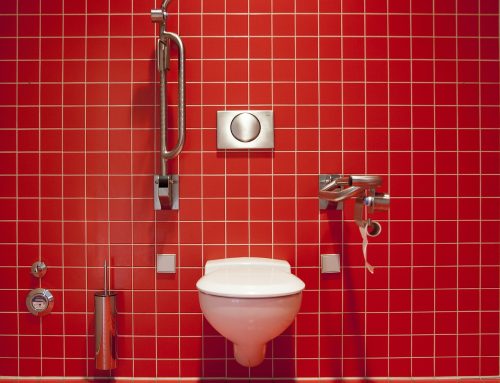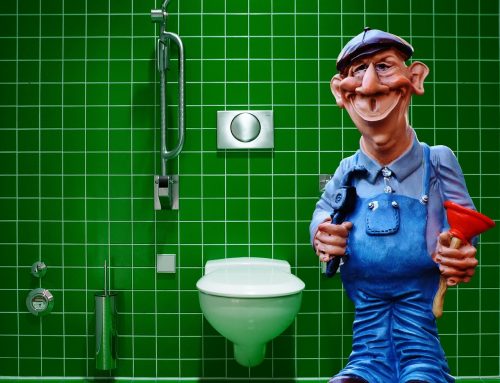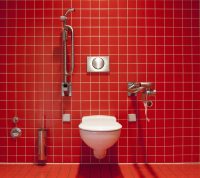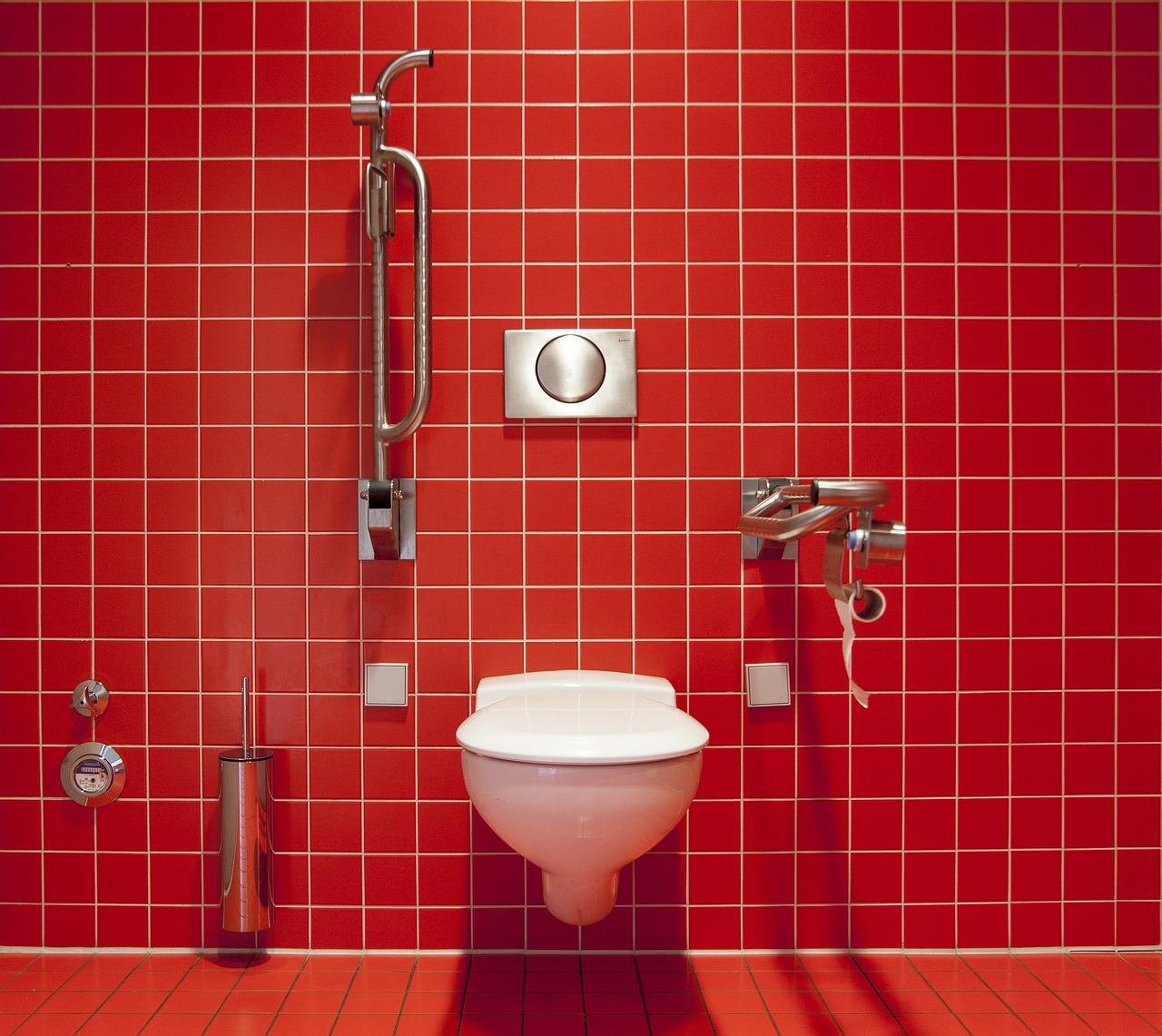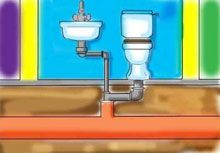
Cleaning the digestion pits is an important part of the clogging prevention work, sniffing. The talkative named “utility replacement” it is mainly used to drain sewage in unsewered areas, and use for storage. Although such facilities can be considered less modern devices compared to the sewage system, yet we can meet them in the gardens of hundreds of thousands of country houses. For proper operation, and we have to pay special attention to removing blockages in a timely manner.
We are also the digestive pit?
Although at first glance it may look like a hole dug in the ground, it is actually a very complex structure. The digestive tank, which is a container made of concrete or steel located inside the pit is a key part of the whole system. Its size is usually 1 meters in diameter and 2-3 meters deep, and its volume is usually 4000 and 7000 it is usually between liters. At the same time, the creation of a digestion pit requires a much larger area than the sewer, since in addition to the proper placement of the impressive tank, we also have to provide a separate drainage area for the system.
How the digestive system works?
During our usual household activities, we produce a lot of waste. For example, the food residue produced during the washing-up process is mixed with the sewage and leaves our home and ends up in the sewer or even in the septic tank.. Because wastewater also contains smaller or larger solid particles, therefore, they are processed in the digestion pit, which contains millions of beneficial bacteria. Various microorganisms produce such enzymes, which can be used to break down solid particles into smaller molecules. This makes it easier for the bacteria to digest the dirt, and the resulting gray water can also be used to irrigate the soil
Why do we need to sniff the digestive pit?
Since the small sewage treatment system in the digester pit is not connected to the central sewage treatment systems, therefore, its contents must be emptied at certain intervals. As in the case of sewage, the wall of the digestive pit can also become greasy. Because all of this greatly impairs the permeability of water, therefore, such a system can properly process and drain the wastewater after a while. In this case, the digestive pit is full, on which only the immediate and professional anti-clogging can help.
How and how often is the digestion pit cleaned?
Until the sewage channel cleaning significant progress has been made in recent decades (pl. cleaning with woma), until the digestive pit blockage In the process of eliminating it, the tried-and-tested sniffer tube is still used today. The need for the frequency of clogging is determined by the capacity of the digester, the absorbent capacity of the soil, as well as the level of use will be determined. At the same time, we can speed up the breakdown of the system's contents with some commercially available agents. Due to the less frequently required clogging prevention, sniffing can also be solved more economically.
What we need to pay attention to when creating and operating the digestive system?
True, that if the given property is used occasionally, then the digestive system can be considered a more cost-effective alternative to the sewage system, even if there is a sewage system. However, it is not always advisable to build a digester in front of the sewer. In places with high groundwater, the pit can easily fill up after one rain, as a result, it can flood our garden with a nose-squeezing stench. As the snow melts, floods or sudden downpours are always a serious source of danger, so we should regularly check the water level of the digestion pit, and to have the necessary blockage removal done before the problems arise.
If there is a functioning digestion pit in our garden, then we have to pay even more attention to it compared to the sewer, what materials can be included. If they are non-degradable solid waste, such as a cigarette butt, or various hygiene devices (cleaning pad, earpick etc.) also enter the system, then they can easily cause blockages. The plant protection found in our household- and herbicides can kill the bacteria responsible for the breakdown, they can even destroy the entire bacterial culture of the digester.
How to eliminate the digestive pit?
Because the use of a less modern solution compared to the sewage system can seriously pollute our environment, therefore, in the case of sewered homes, the regulation may even require the transition to a sewage system. If we decided, to drain domestic waste water using a sewer, then it is mandatory to eliminate the digestion pit and bury it. We can ensure this, that we no longer harm our environment with it, and an unused digestion pit cannot become a source of fatal accidents either.


